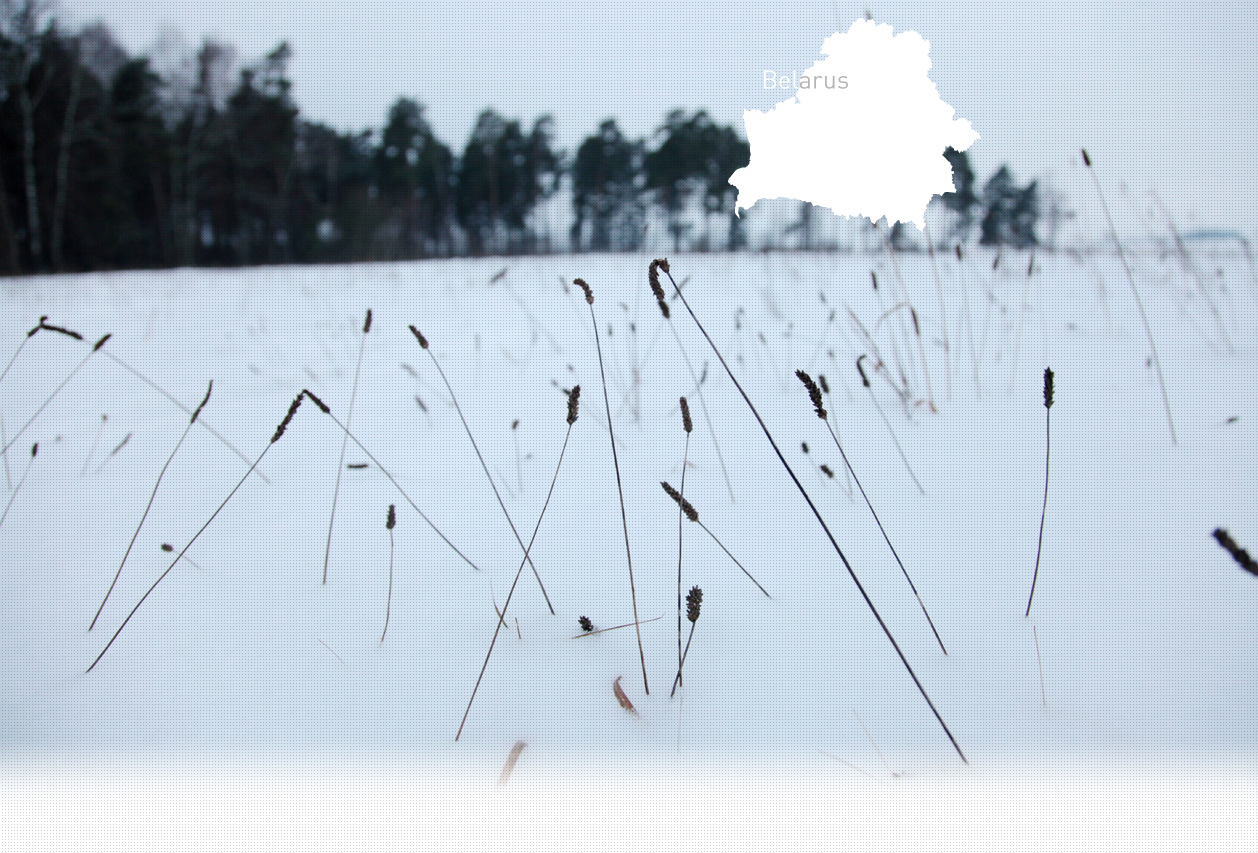

1 Killing site(s)
Tatiana M., born in 1928: “After seeing the column of Jews passing through the city, I went with my friend to the empty Jewish homes. In several houses, we saw murdered people. In one of them I saw several elderly people soaked in their own blood. I was very shocked as I knew some of them." (Witness N°833, interviewed in Azarychy
, on September 18, 2014).
Azarychy is a small town situated 120 km west of Gomel. Before the war, it was a district center as it is today. In the late 1920s, many Jews were organized in artisan cooperatives, as cobblers, tailors and carpenters. Nevertheless, the majority of Jews lived off of small business. According to the 1939 census, 47% of the total population was Jewish. The town was occupied by German forces in late August 1941, but before their arrival, a large segment of the Jewish population was able to evacuate farther east.
A ghetto fenced in with barbed wire on a street in Azarychy was created in October 1941 for local Jews and Jews from surrounding villages. Jews had to perform forced labor like repairing German vehicles. Sometimes Jewish children from the ghetto were sent to the local hospital and it is said that their blood was drawn for German soldiers.
On March 3, 1942, the Jews were taken in a column and shot in a forest near the Jewish cemetery. According to eyewitnesses interviewed by Yahad, many Jews were also shot in their homes that day. The shooting was most likely carried out by a detachment of Einsatzkommando 8. It is estimated that several hundred Jews were killed.
Azarychy is also known for the three different open air camps that were constructed in swamp areas where tens of thousands of civilians were interned in terrible conditions during the German retreat.
Do you have additional information regarding a village that you would like to share with Yahad ?
Please contact us at contact@yahadinunum.org
or by calling Yahad – In Unum at +33 (0) 1 53 20 13 17